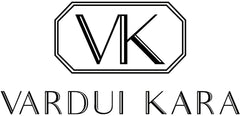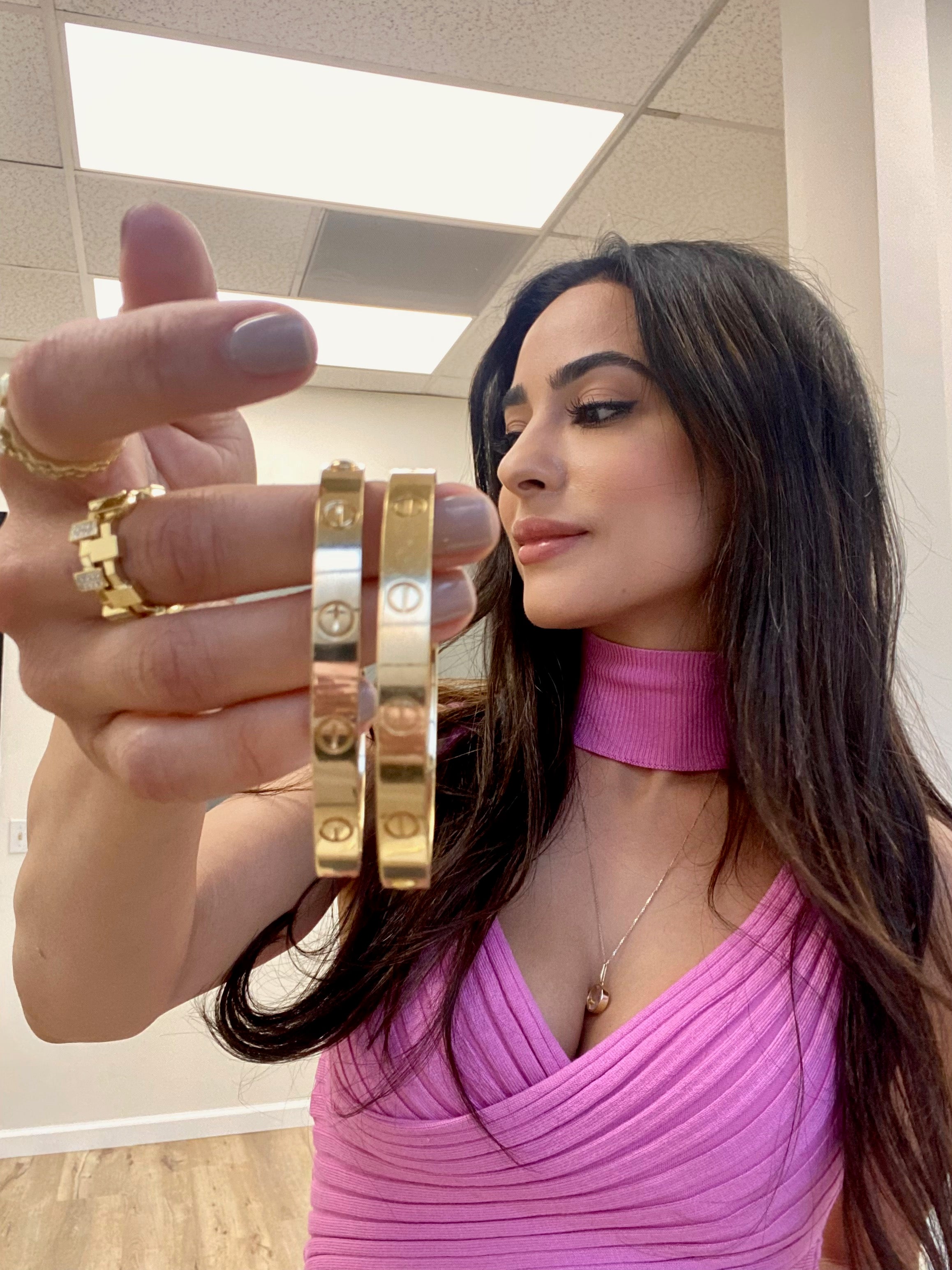Love at Full Speed: Inside Charles Leclerc and Alexandra Saint Mleux’s $525,000 Proposal
It was a quiet evening that marked the beginning of a lifelong race. Charles Leclerc, the Monegasque Formula 1 driver known for his precision under pressure, slowed down long enough...

















